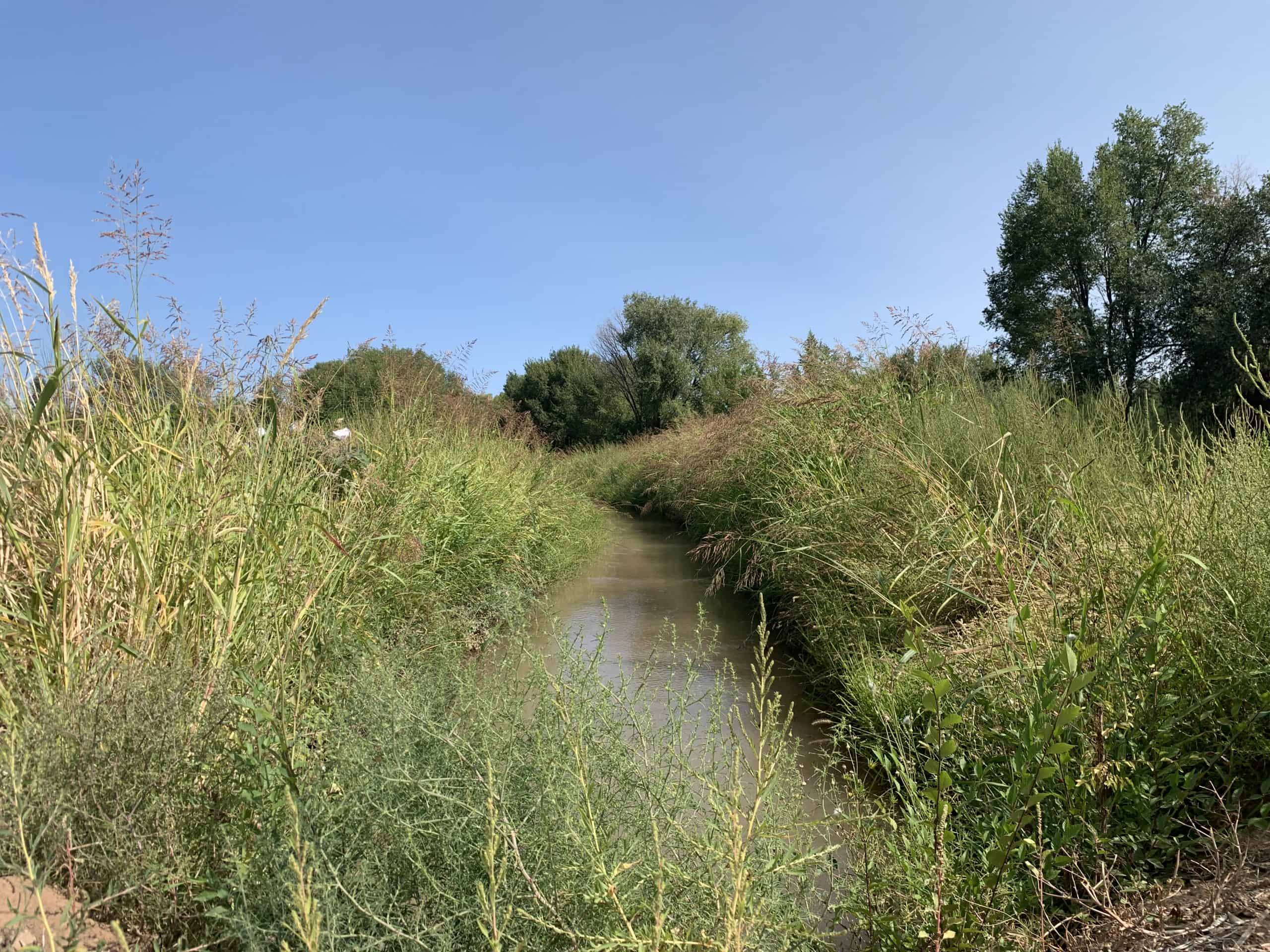
It feels like its 100 miles from the city
The Walk
It was morning in Albuquerque, and the heat of summer was starting to give way to autumn. It was around 80 degrees, wonderful after the intense summer heat.
My new friend Jennifer picked me up earlier, with only the text she sent me the night before as a clue as to what we were doing:
“Want to go on a walk tomorrow morning? I’ll pick you up at 8. You’ll love it.”
I said yes, it was the next morning, and we were “here,” looking at a long canal, or ditch, full of water. Jennifer was smiling at me, waiting to see what I thought.
Jennifer laughed, and told me it was. “Yes, but that’s a very basic explanation. Acequias are what make New Mexico possible.” My curiosity piqued, we started walking down the trail next to the acequia, and she started to share their history with me.
We had arrived near her brother’s house in North Valley, and she had taken me to see some of New Mexico’s Acequias (pronounced, “AH sāyqia”)
5SecRunningWater video
I wasn’t sure what to think. “It’s pretty,” I said, looking at some sunflowers growing on the bank, and watched the brightest, greenest frog I had ever seen hop into the water as I leaned down to look at him. “It’s for irrigation, right?”
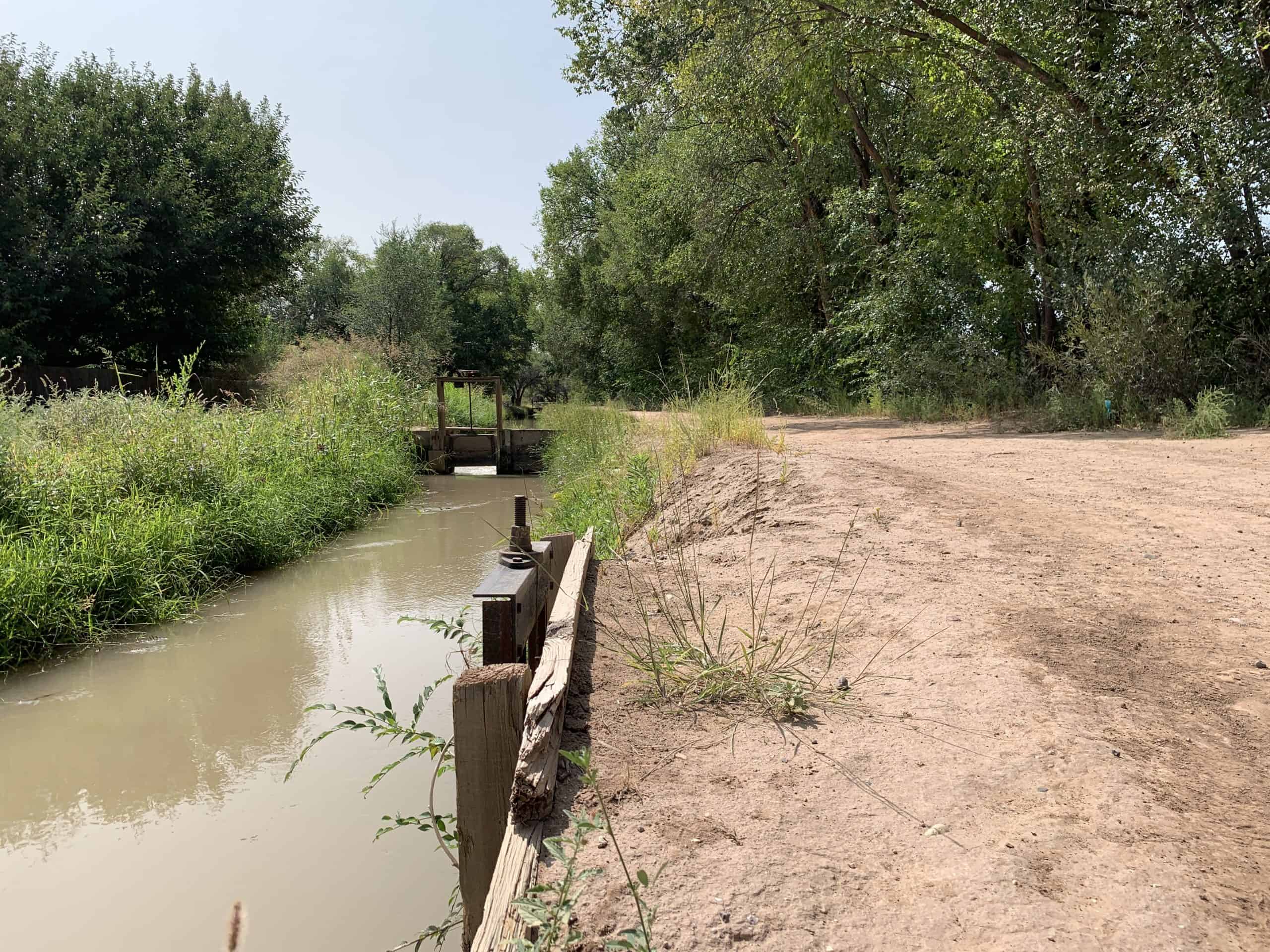
Jennifer laughed, and told me it was. “Yes, but that’s a very basic explanation. Acequias are what make New Mexico possible.” My curiosity piqued, we started walking down the trail next to the acequia, and she started to share their history with me.
Ancient Technology, Modern Benefits
There are over 700 acequias in New Mexico, and Colorado has some as well. The technology for them was created over the course of ten thousand years in the deserts of the Middle East.
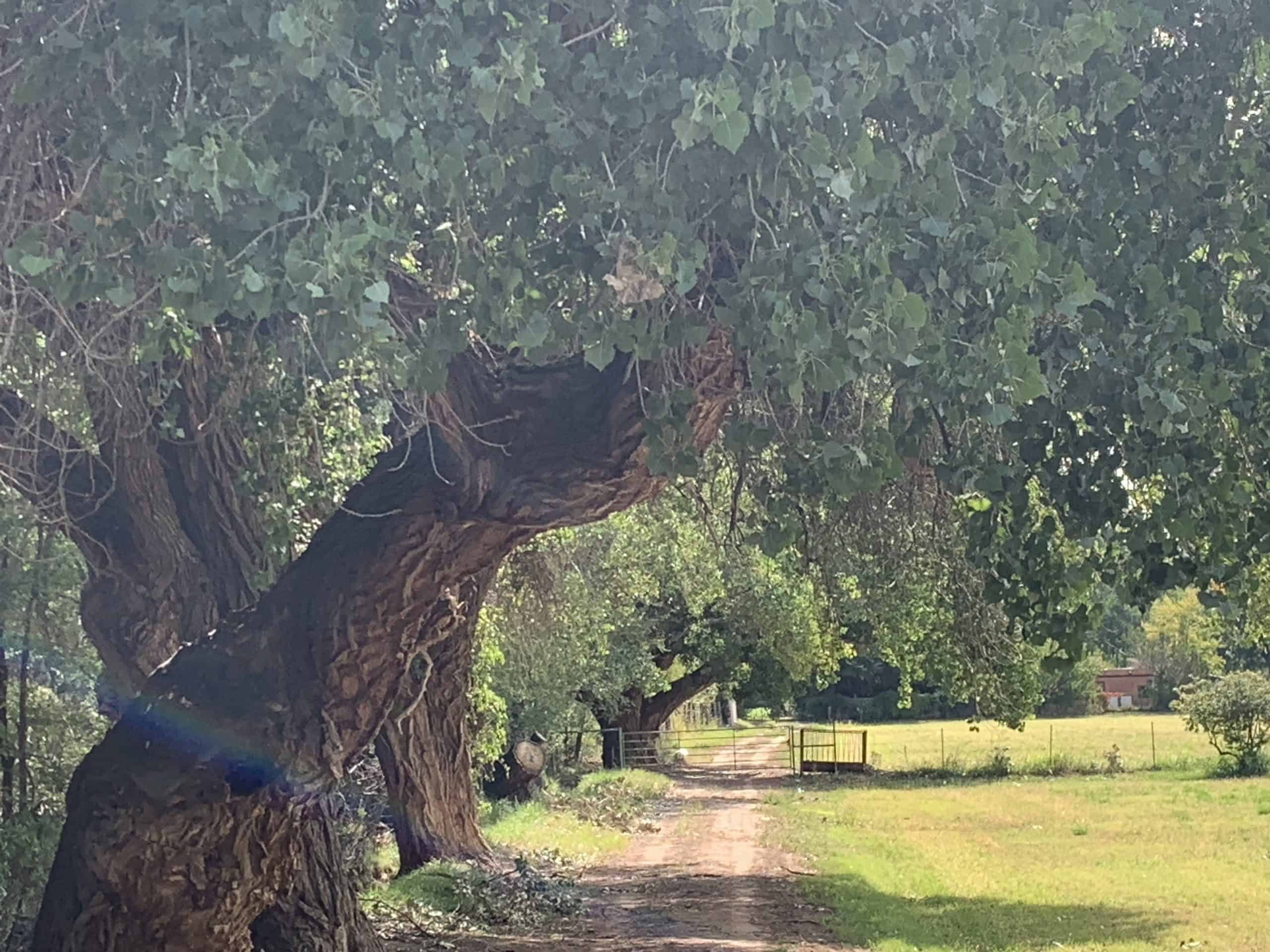
Someone’s gorgeous property, just off the trail
When the Arab Muslims invaded Spain in the 8th century, they introduced the Spanish to the technology, who eventually took it with them to the Americas. In a very real way, acequias are like New Mexico itself: A blending of civilizations.
During the 1540s, the Spanish met the Hohokam tribe of Native Americans, and found that they were using their own version of canals similar to acequias, but soon incorporated the best parts of the Spanish technology to improve their system.
StepOverBridge Video
We kept heading up the trail, and I felt like we had left the city and traveled far out into the countryside. In reality, we were fifteen minutes from my house. Once again, Albuquerque and New Mexico continued to surprise me.
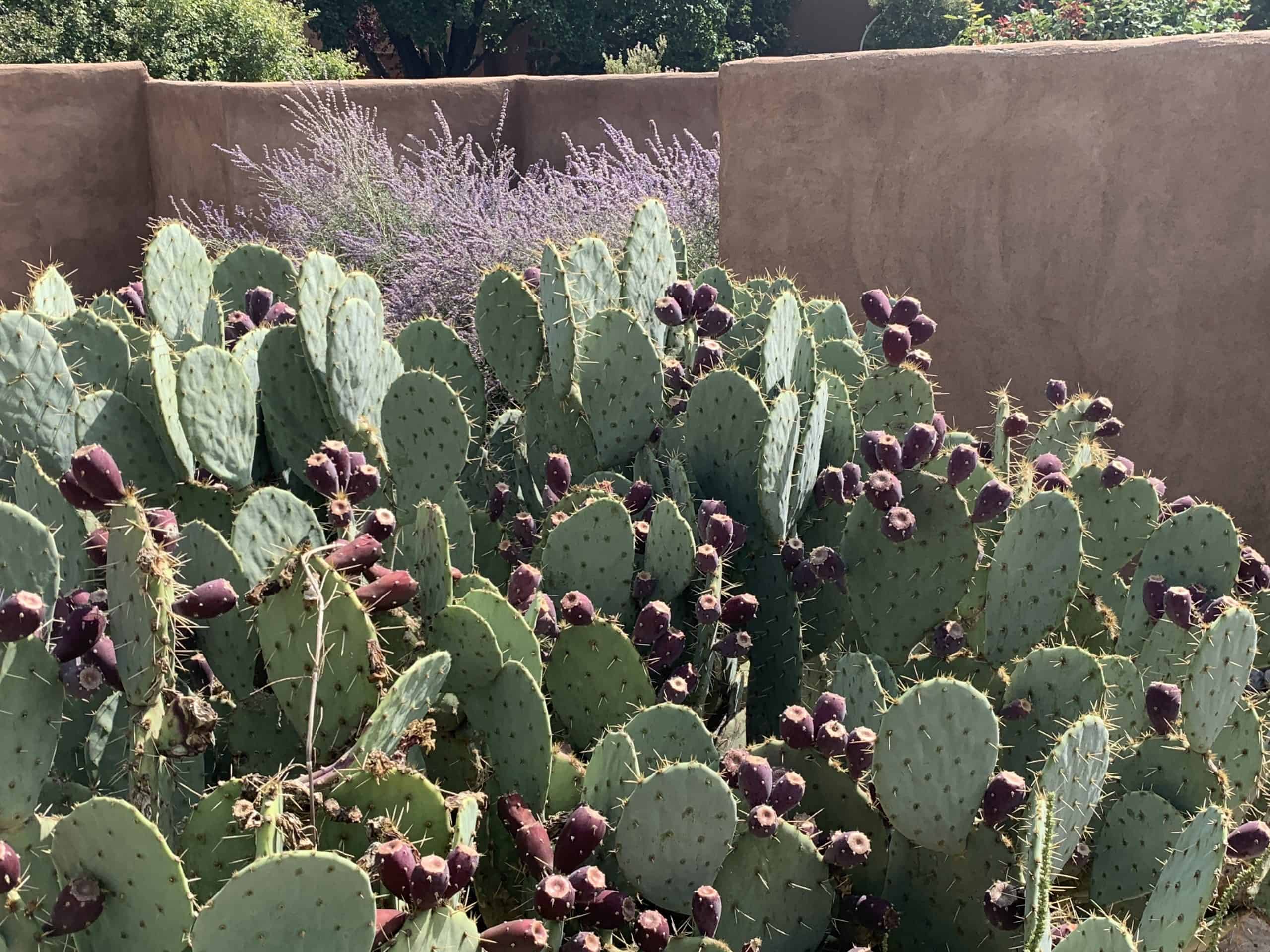
The acequias are vitally important to New Mexico and the Southwest overall. See the metal doors? Those are used to stop the flow of water so it can be diverted to the land of the Parciantes, and then opened after irrigating their land, and the water continues down its ancient path.
In many cases, the acequias you see in New Mexico are over 300 years old, and have been actively used the entire time.
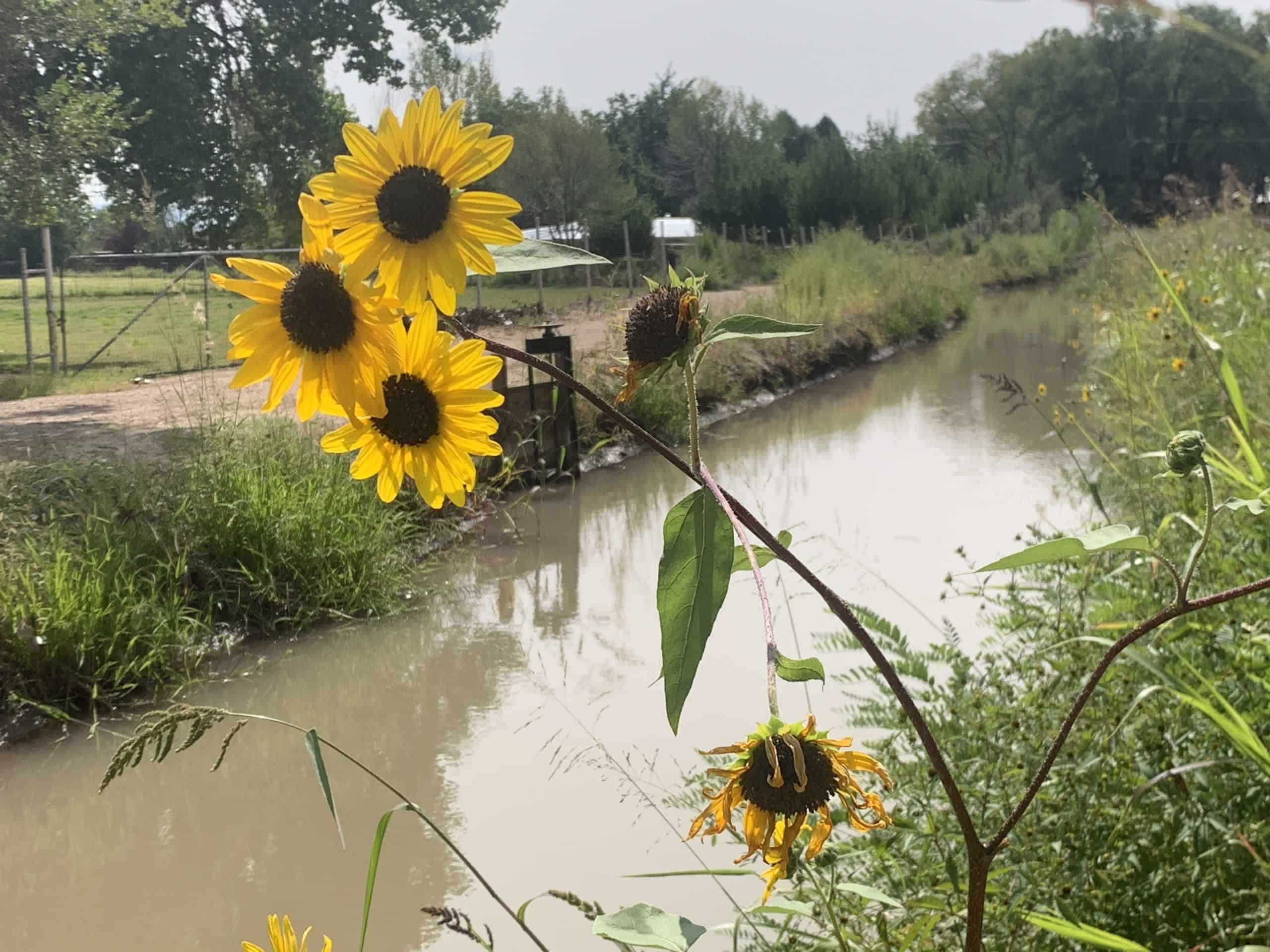
The season is over, but some sunflowers were still thriving
Democracy in Action
Acequias usually came into existence before a village did. In the United States, there is a commonly held perception that communities cannot manage resources collectively, and prefer for things to be privately owned. The nature of the acequia, and how it is managed, shows that people can work together collectively for the greater good.
It works like this: Each grouping of acequias is it’s own community. Parciantes are people that are members of said acequia, and they elect a Mayordomo to be in charge of the system.
It’s an important job; the Mayordomo has to track the weather each year, and make decisions on how much water everyone will get. It is said that in times of drought, the acequia system really shines- this is when the Mayordomo necessarily has to make choices that will hurt everyone- but hurt them equally. No one farmer gets all the water at the expense of others. Acequia associations say that they are stewards of the land, and science backs them up. (In times of plenty, the Mayordomo’s job is easier, of course, as there is plenty of water for everyone).
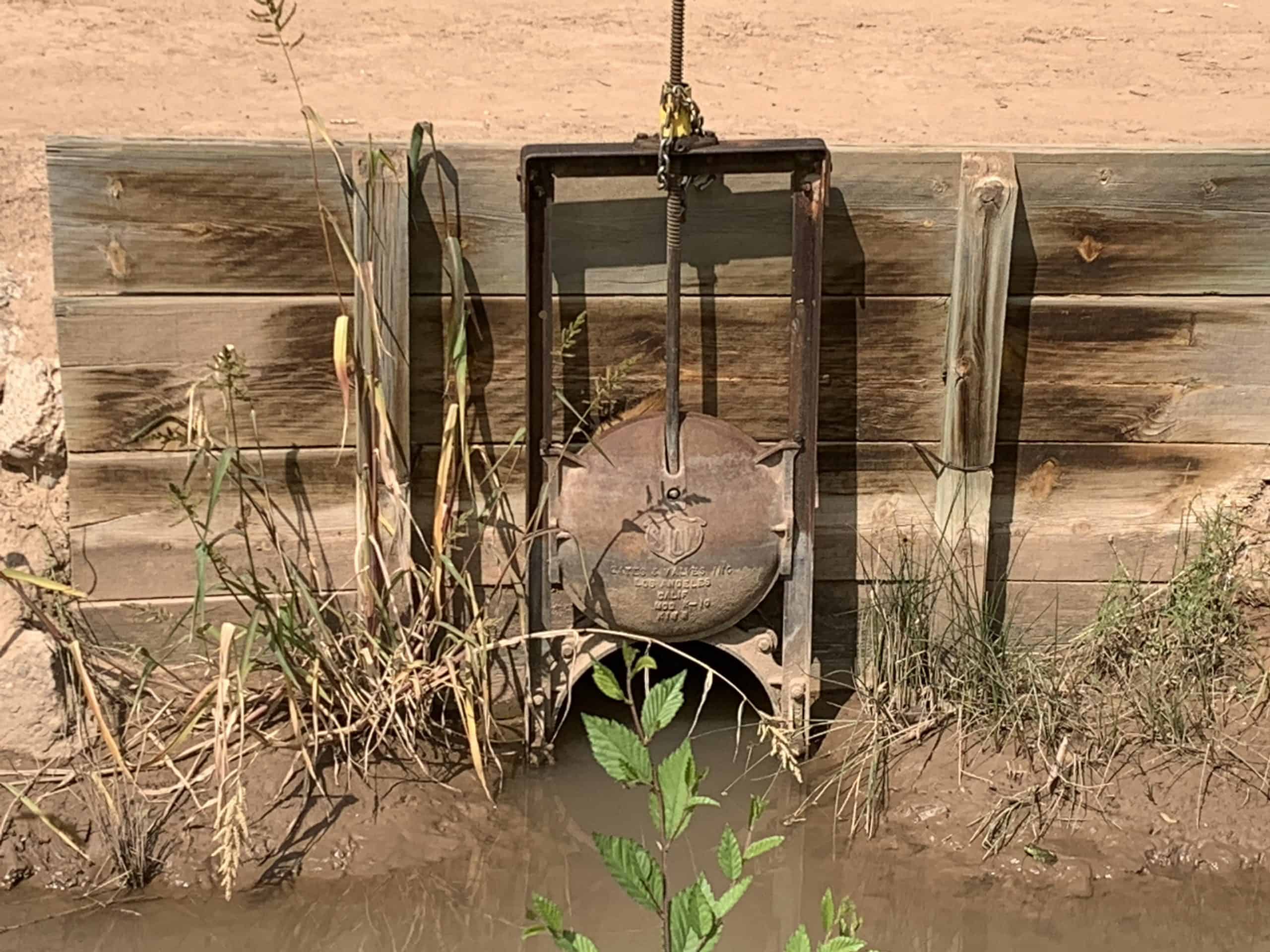
The gate can be cranked down with a wheel up top, or lowered to close it
At the New Mexico State University Water Resources Research Institute, data seems to indicate that open air acequias are much better for the environment than modern pipes most cities have that shuttle water around.
Acequias lose about 30% of their water to seepage each year, meaning the water soaks back into the Earth, which has important benefits. A diverse ecosystem has developed over the centuries, allowing plants and animals to thrive.
6-Sec-Running-Water Video
The water that is absorbed back into the Earth makes its way to the underwater aquifer, which keeps New Mexico’s water table full for the future. It is an ingenious way to manage resources that is good for the environment, good for farmers, and good for the overall health of New Mexico.
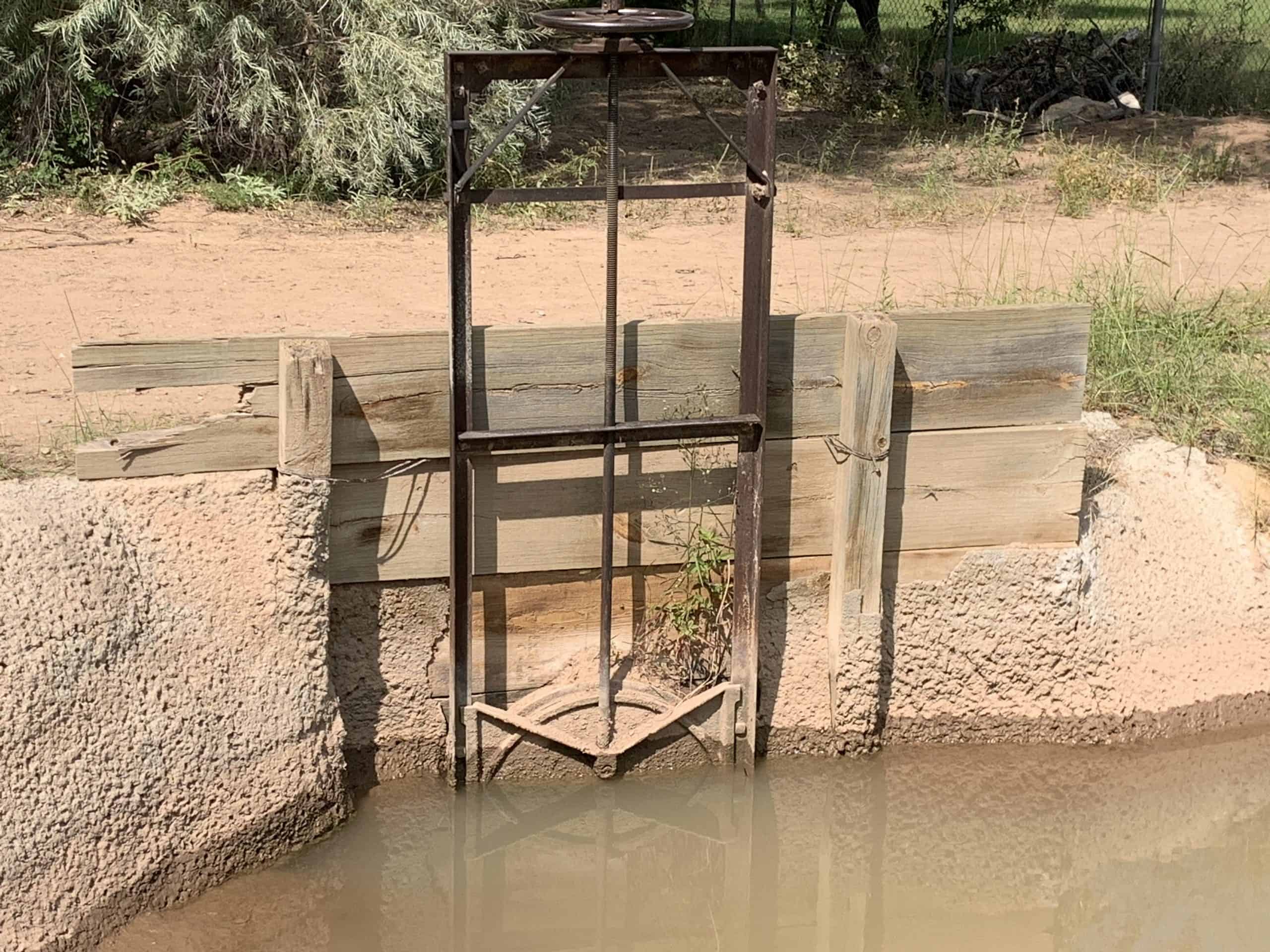
Closed Gate
Abundance, and Beauty
After Jennifer shared some of the history, we kept walking and enjoyed the beauty around us. I’ll admit it; I thought when I was moving here it would be all dry desert. The Acequias in Albuquerque are an oasis. There were people running, biking, and we ran into some horses, too.
We saw all kinds of animals; the bright green frogs, all too quick for me to get a picture of, hummingbirds, lizards, and we even saw a hawk (or maybe a falcon) swoop down ahead of us and snatch up a small animal and fly away. (We couldn’t tell what it caught.) The acequias are full of life.
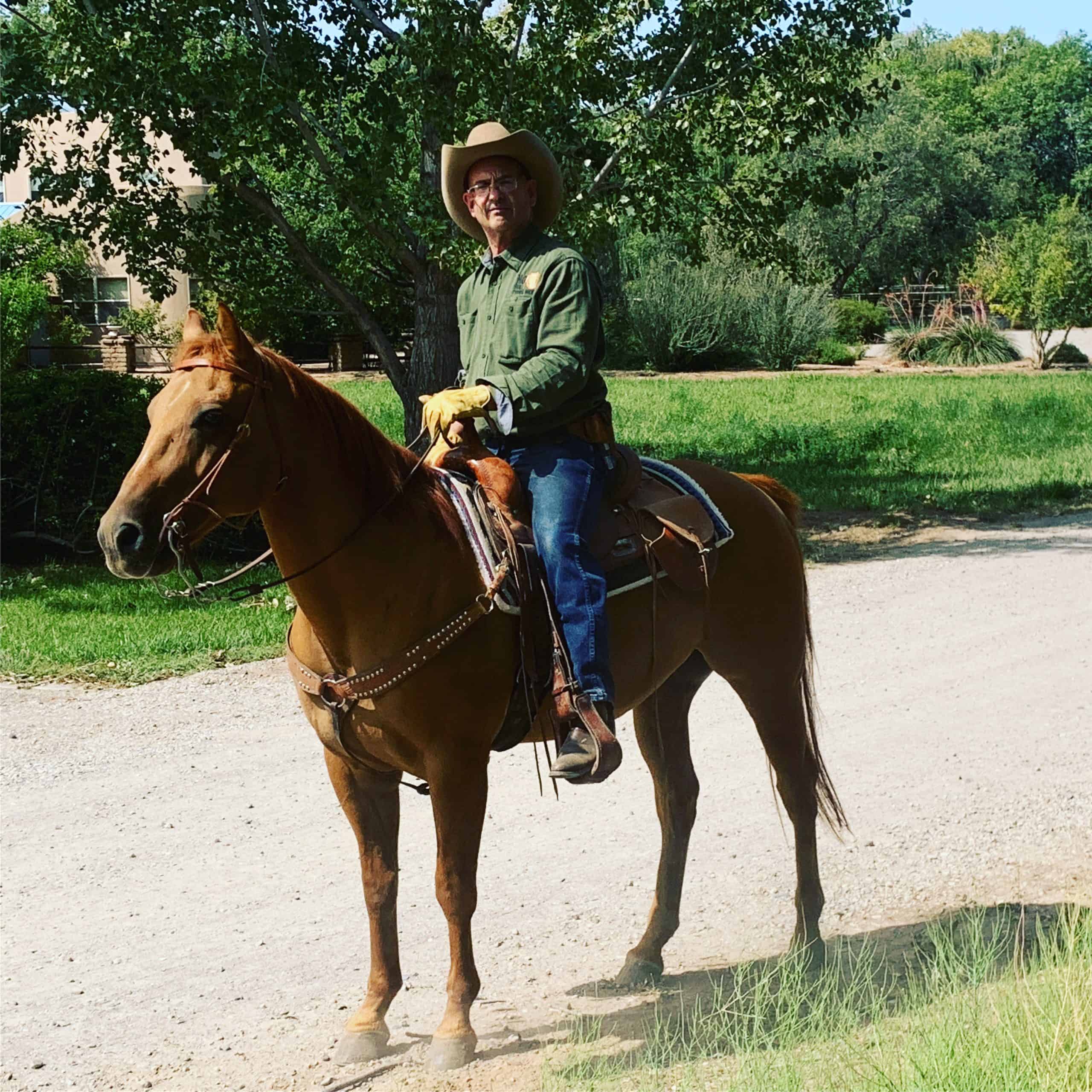
A new friend out on the trail. We had a great chat, and he was super friendly
The sound of the water rushing through gates was peaceful, and I imagined this would be a nice place for a picnic, or just to contemplate.
We got back to where we parked the car, and I was silent, thinking about everything I had just learned about what I thought was, “some ditch for irrigation.”
Jennifer looked at me as she started her car. “See?” she said confidently. “I told you you’d love it.”
I am happy to report, she was right.
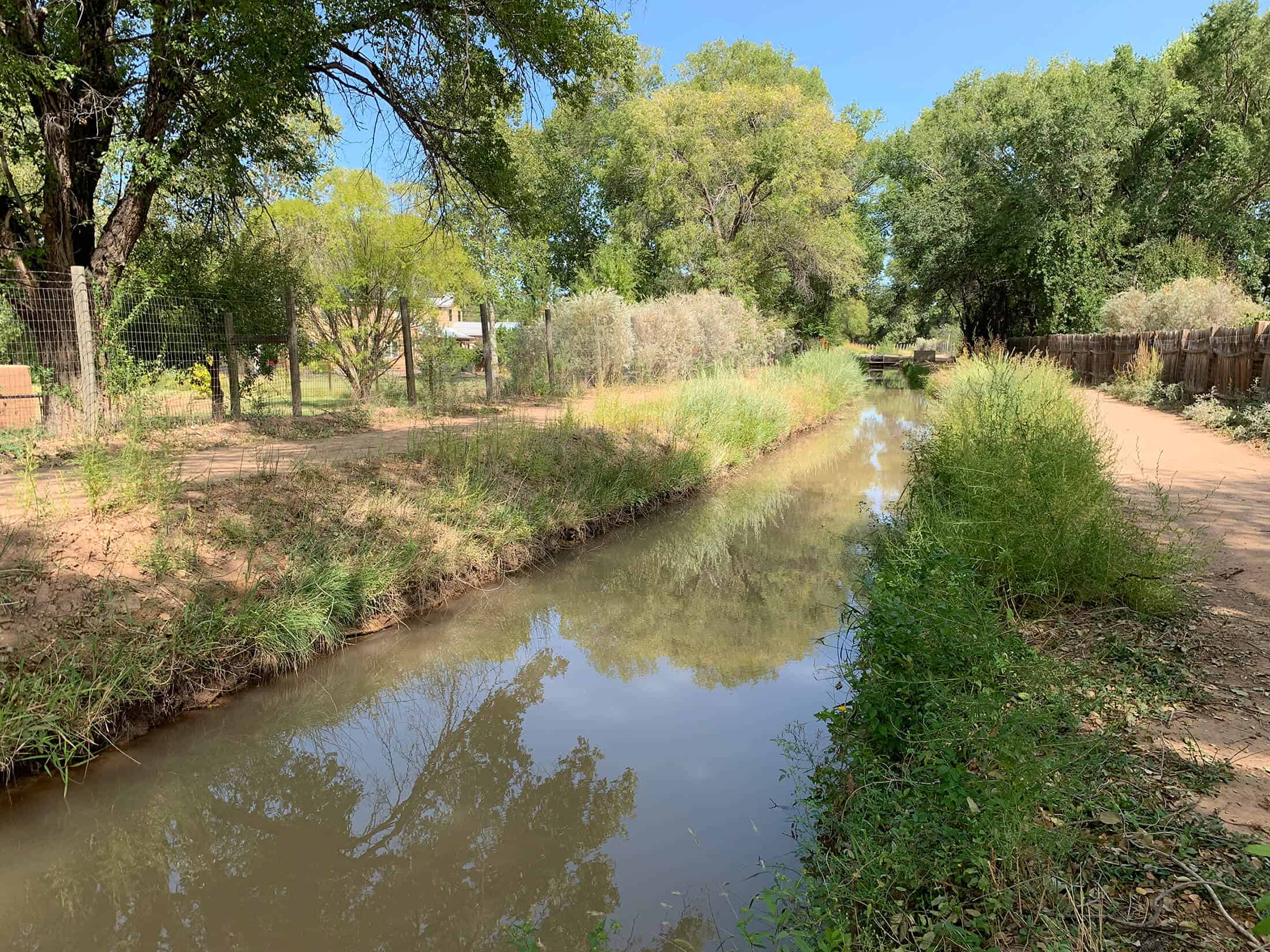
You can’t tell, but animals are everywhere here (and camera shy)